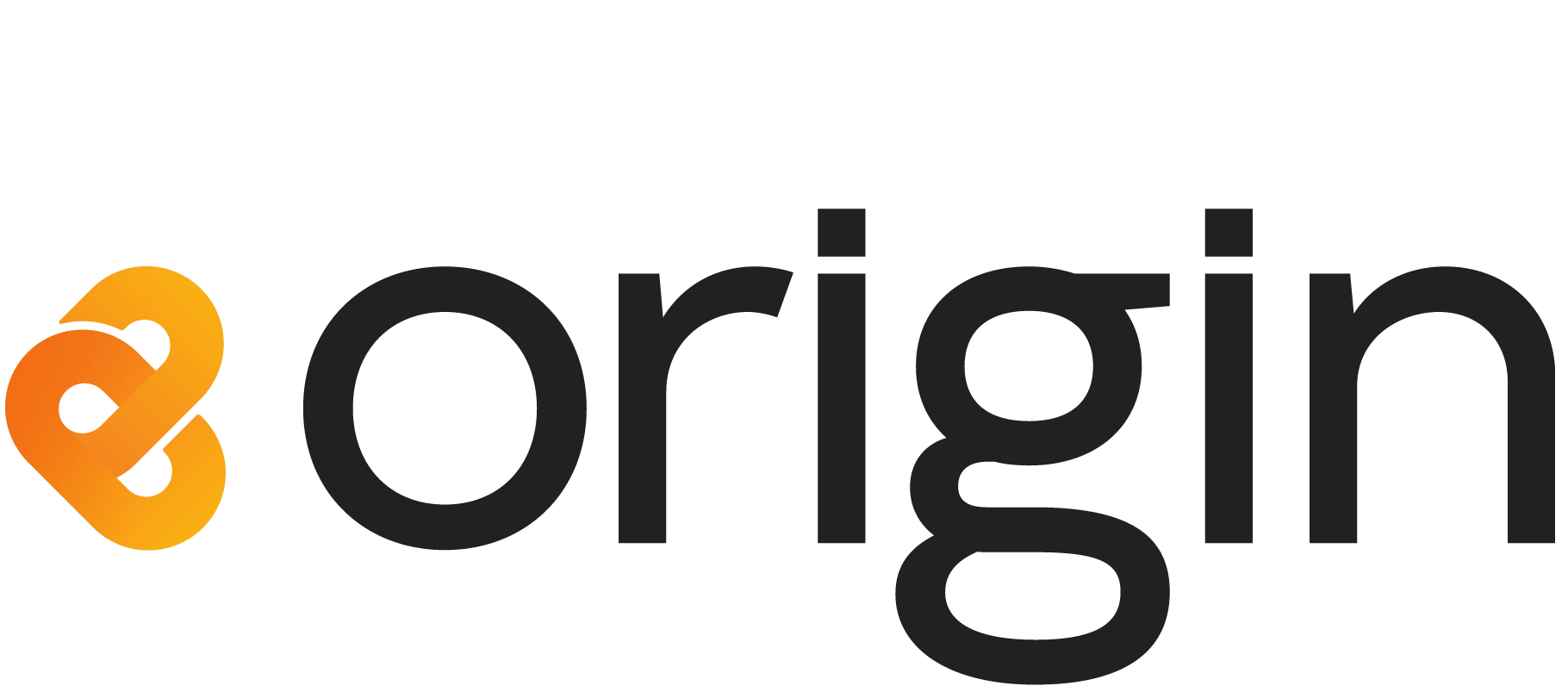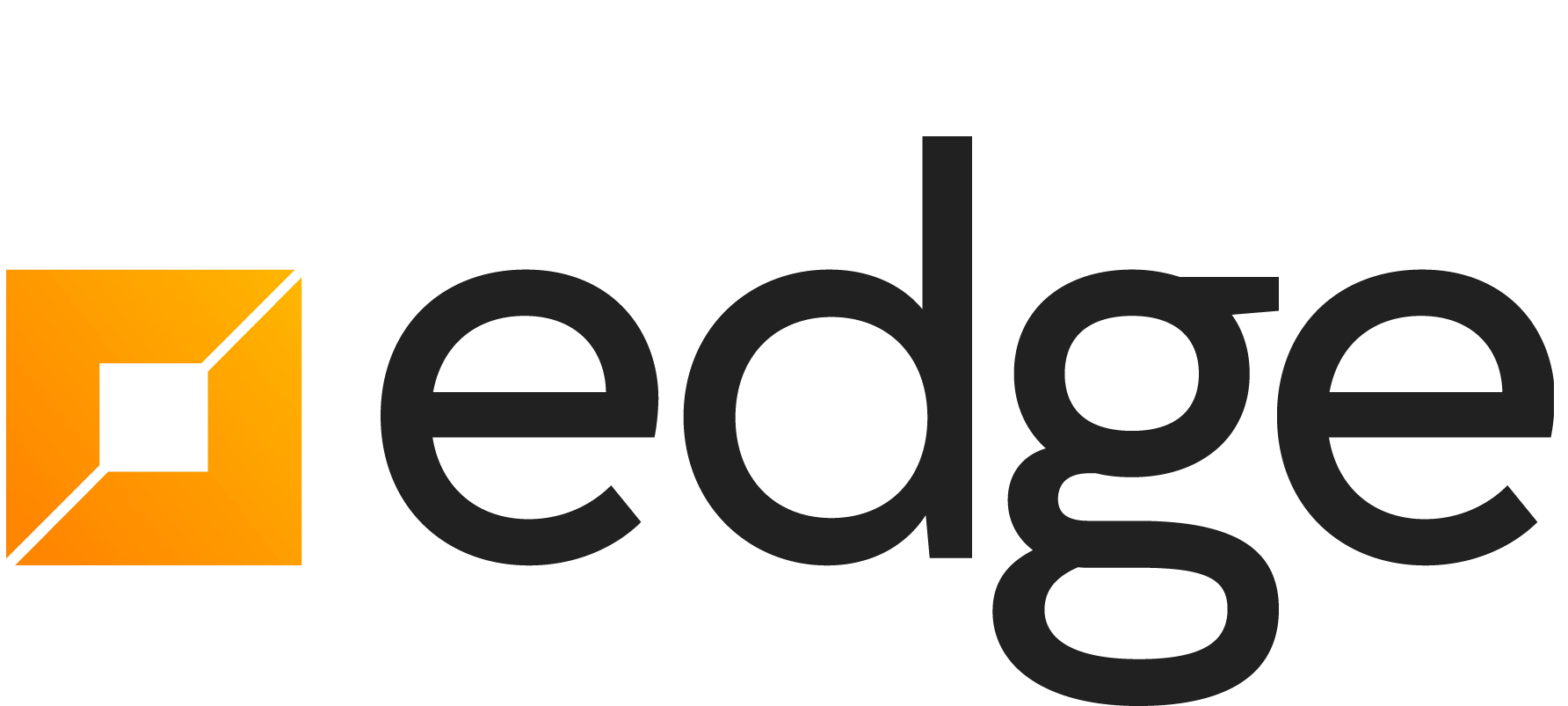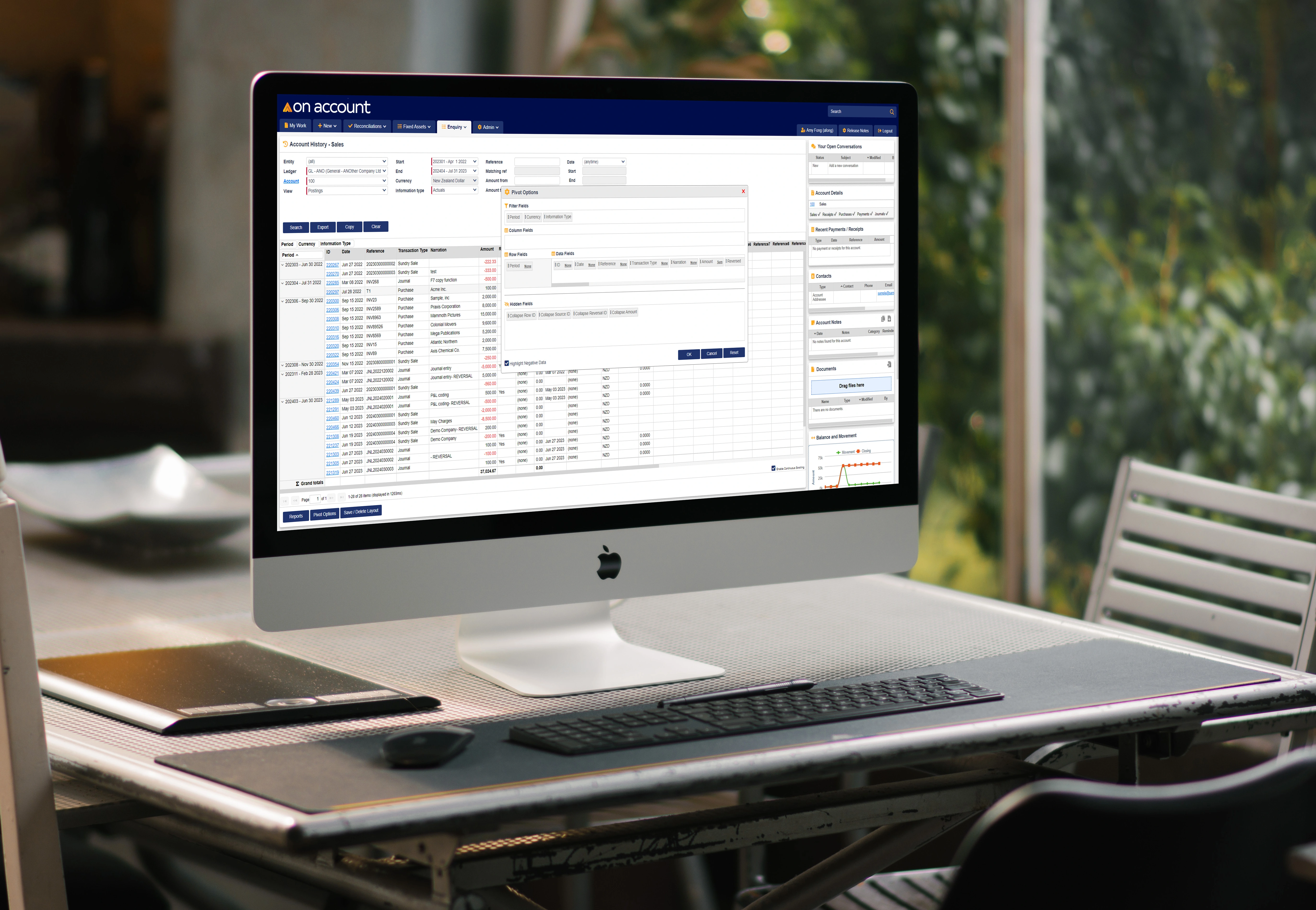Radio NZ has recently recognised the 40th NZ birthday of the humble barcode and we thought it was worth expanding on this and provide the backstory of its introduction and early use in New Zealand.
Mainfreight were the first company to actually use barcodes for freight in Australasia, going live with this technology on June 5, 1990 to be exact, according to Kevin Drinkwater, Mainfreight’s CIO.
At the time, Mainfreight were aware that at least one courier company had barcodes on their labels however they discovered that the company did not actually use them . As it transpired, that courier company and others like them did not embrace barcode technology until the late 90's.
Adopting and utilising barcode technology for Mainfreight wasn’t clear sailing. Back in 1990, consignment notes were 3-part copies (having been recently reduced down from 5-part copies, after Sandfield implemented a new system upgrade):
- The first copy was for the customer
- another for the branch operation
- final copy was for the head office to process (which, in 1990, meant keying it in manually)
Although the barcode itself was available, the print technology that existed at that time could not actually print the barcode in the way it was needed. Wickliffe Press had to specially import the special press equipment for Mainfreight so they could have 3-part consignment notes printed with original barcodes.Dot matrix printers required special cartridges to print the barcodes with heavy-duty print heads to handle the toil.
Scanner technology soon evolved. Having barcodes were integral to the new supply chain system that Sandfield were developing to improve the accuracy of the data capture.
By 1992, Mainfreight introduced scanners in the cab of freight trucks. This allowed drivers to scan the notes as freight was picked up or delivered. Only a year later, technology had evolved so that drivers were able to send data directly from the cab, via Radio Telephone (yes, we’re talking “ten four good buddy” - type technology). Mainfreight used a system called Trunked Radio Telephone invented by Tait Communications, another great New Zealand company. Mainfreight were told that they were the first in the world to send data over Trunked Radio Telephone.
Back at the branch operation, staff had scanners attached to their keyboards and could simply scan the notes as they were received in the branch. This was a big leap in processing efficiency.
From the capturing of these scans Mainfreight could create the tracking of the freight, which would enable Mainfreight’s customers to verify their cargo had been delivered.
The humble 2D barcode is still integral to supply chain management, providing a cost-effective and reliable way for scanners to track all items in motion, but these are now evolving to 3D QR codes and even RFIDs (Radio-frequency identification) to simplify the scanning process.
So happy 40th birthday barcode. You remain ever relevant, still fit and healthy, and an essential tool in providing visibility for supply chain management systems today.













